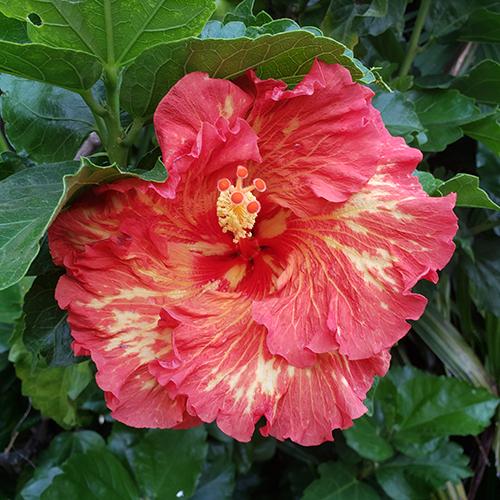
Benefits of Hibiscus
Hibiscus helped save our puppy We found a pedigree Golden retriever for sale for $50 in the local paper. At the time, they were selling


We have one day each year set aside strictly for affairs of the heart. Valentine’s Day.
As a child, I remember the ritual of writing the name of each of my class mates on a little card purchased by my parents. We would then exchange them in class, en mass, after which I’d bring home the pile and discard them.
As I grew older, and began to interact with girls, this day took on a deeper meaning. Indeed, it is a day for expressing and celebrating romantic love, an emotion borne in the romantic heart.
Through the ages, the flower of one particular herbaceous shrub has served as the emblem of romantic love, the Rose. Nothing seems to convey affection like a bouquet of Roses.
The Southwest has its own local rose. The California wild rose, Rosa californica is native to California, Oregon and the northern part of Baja California, Mexico.
The indigenous people ate the rose buds raw or soaked them in water for drinking. A tea was also made from the roots, and used for colds. The rose hips were also eaten.
During World War II rose hips were for their high vitamin content. They are dried for tea, or for use in jellies and sauces. Because the rose hips remain on the plant throughout the winter, they provide food for wildlife.
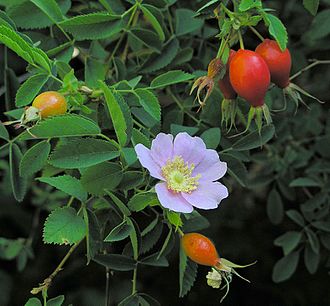
There are now more than 10,000 types of cultivated rose which have been carried to virtually every temperate area of the globe, where the Rose has become the theme for poets and the subject of many legends.
The birthplace of the cultivated rose was probably in Northern Persia, on the Caspian, or in Faristan on the Gulf of Persia. From there it spread across Mesopotamia to Palestine and across Asia Minor to Greece and Southern Italy.
The ancient rose was deep crimson in color, which probably suggested the ancient fable of its springing from the blood of Adonis. The word “rosa” comes from the Greek radon (red).
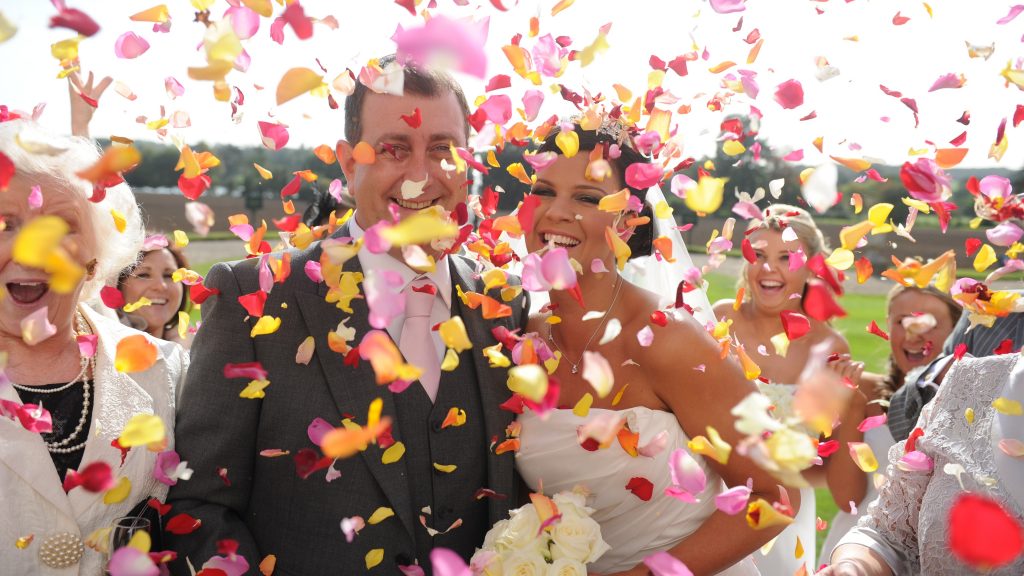
The Romans made lavish use of the blossoms at banquets, weddings and even funerals. Petals of Roses were floated in their Falerian wines and garlands of Roses were worn at their feasts, as a preventative against drunkenness.
It was once a custom to suspend a Rose over the dinner table as a sign that all private conversations were to be held in confidence (that is, sub rosa).
Although the Rose has been highly esteemed since the dawn of history and rose-water was first prepared by Avicenna in the tenth century, it does not appear that the Rose was subjected to the still to collect its wonderful and fragrant essential oil until some time in the 17th century.
According to two separate accounts, in 1612, the essential oil was discovered quite accidentally. At the Persian wedding feast of the princess Nour-Djihan with the Emperor Djihanguyr, huge sums were spent for an extravagant and luxurious party.

As part of the plan, a canal circling the whole garden complex was dug and filled with rose-water. The heat of the sun separating the water from the essential oil of the Rose was observed by the bridal pair as they rowed across the fragrant water. It was skimmed off and found to be an exquisite perfume.
This discovery was immediately broadcast and the large scale manufacture of Rose’s delicate essential oil, later to become known as Otto of Roses or Rose attar, commenced.
One of the most expensive of the essential oils today, it takes 2.3 acres of Roses, about 10,000 pounds, to yield a liter, or approximately 30 Roses to make one drop.
Today, Roses are an emblem of romantic love and are commonly sprinkled at weddings the world over. Rose-water is widely employed as an astringent tonic for the skin. The essential oil is used to soothe a person inside and out. It is said to open the romantic heart, hence its association with romantic love and Valentine’s Day.
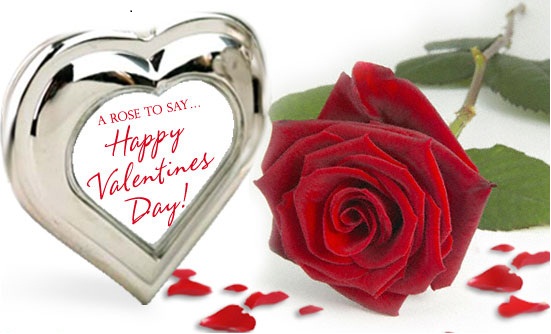
I enjoy combining it with essential oils of Lavender and Chamomile in an herbal beauty cream to help keep my sweetheart in a radiant glow.
Teaching comprehensive holistic education since 1985.
We are currently offering interactive hybrid courses including Herbal Fundamentals, Energy Healing, Aromatherapy and Clinical Herbology
Hybrid means you may choose to participate in each individual class in the hybrid course online or in person.
All of our products are made with love from organic, all-natural and ethically sourced ingredients.
We began making and perfecting our own herbal remedies more than thirty years ago and offer our favorite products for purchase.

Hibiscus helped save our puppy We found a pedigree Golden retriever for sale for $50 in the local paper. At the time, they were selling
Hawthorn Berry Hawthorn is known as the heart herb for its many benefits as a heart tonic. The berry has been a key part of
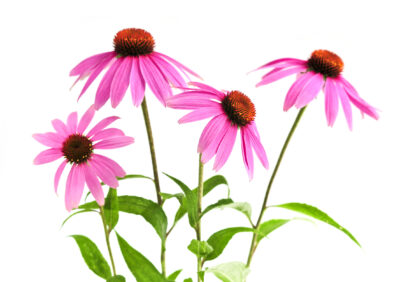
Can you take herbal supplements to arm your immune system? You probably know that zinc, vitamin D and vitamin C are gotta-have-its. How about herbal
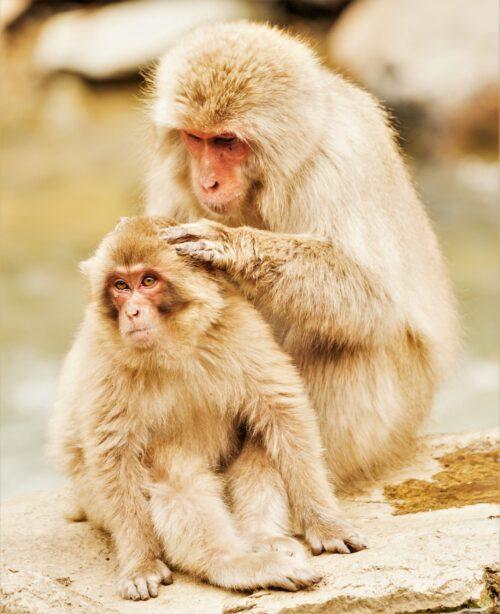
While attending San Diego State College in the early seventies, my work-study job was in the vivarium, a room for keeping and raising animals for